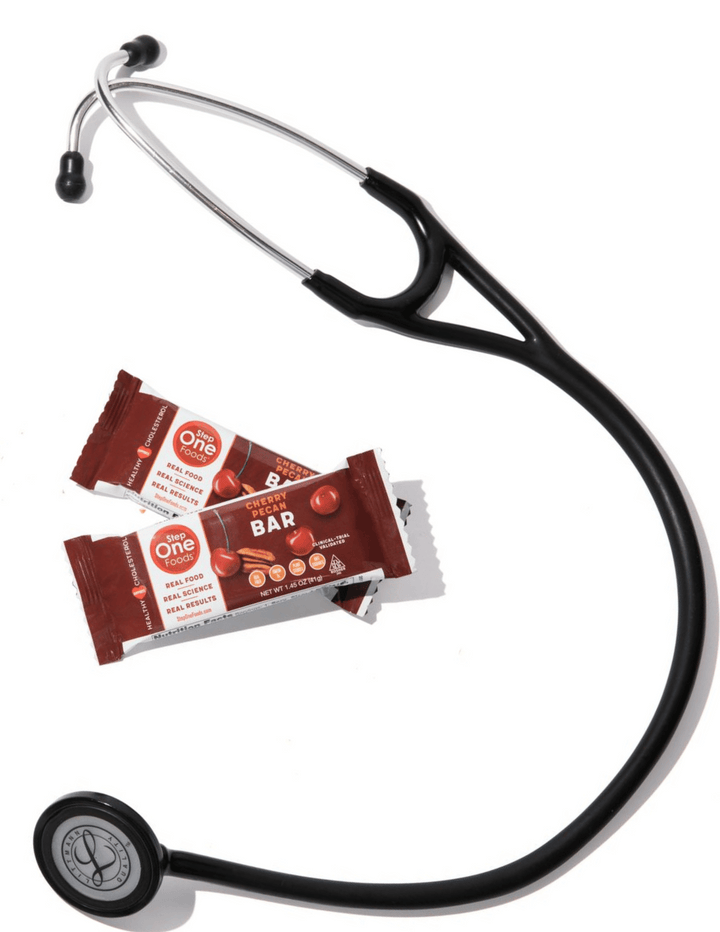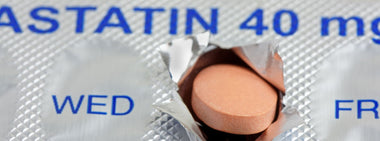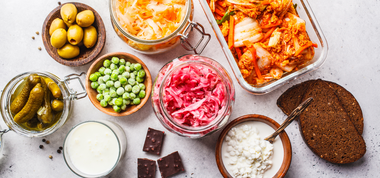A cardiologist's perspective of the Noom app

When you first land on Noom’s website you’re greeted by a pretty big promise: “Life changing results.” No wonder the Noom diet app has become so popular - boasting over 50 million users! Noom is not a diet in the traditional sense. It’s more of a holistic approach to weight management, focusing not only on what you eat but why you eat it. Building awareness, accountability and better habits is the goal of the plan – all of which sounds pretty good to me.
So why does Noom rank lower than many other dietary approaches (like Mediterranean, DASH, WW and Flexitarian)?
What is Noom?
First a little background. Noom was founded by two engineers in 2008. It’s a completely virtual platform that asks users a series of questions regarding their weight and health goals and then, through an algorithm, connects them with a “personalized” weight loss plan as well as a coach and support group.
The app prompts you to log EVERYTHING – not only everything you eat but also your daily weight and physical activities. Based upon your weight goal and the pace at which you want to achieve it, the app calculates your daily calorie budget, deploying text messages and coaching sessions to keep you on track.
Although the program started as a pure calories in/calories out tracker, over time it evolved to also include behavior change psychology. For example, the app has you consider whether your motivations for eating are healthy: Do you reach for a bag of chips when you’re bored? Or do you keep a water bottle and grapes handy to ensure you’re reaching for something healthy?
According to Noom’s chief psychology officer Andreas Michaelides, the app is designed to “help people develop positive habits and attitudes and a healthier relationship with food for positive health outcomes. Noom acts like a guide, helping people make healthier choices.”
Nothing wrong with that. So why the lower ranking?
About the app and weight loss program
First and foremost, Noom’s “secret” to weight loss is really no secret at all: it’s calorie deprivation … disguised as a “traffic light” system for food groupings: Foods that are the least calorie dense (think water-filled fruits and vegetables such as grapes, watermelon and lettuce) get placed in the “green” group. In-between foods such as salmon, beans and avocados get “yellow” designations. And calorie-dense foods such as red meat and desserts – as well as nuts, seeds and dried fruits – are considered “red”. The app encourages intake of more green and yellow-category foods, while limiting the consumption of reds.
However, just like the WW points system can yield unintended consequences, the traffic light system can also lead you astray. Calorie density is only one aspect of food – nutrition density is important as well. To their credit, the app takes pains to explain that “red” foods aren’t necessarily all “bad,” but the advice is still overly simplistic by focusing primarily on calories and portion size.
Second, Noom is not cheap. It costs $59 per month, although purchasing longer plans can yield significant savings (about $16 per month if you sign up for a year). And you can try the app for free for a limited time but the idea is to get you to subscribe.
Finally, Noom keeps you glued to your phone. Logging every meal and responding to multiple messages from your coach and support group means the app requires your attention multiple times per day. But that’s probably also part of the reason it works – being constantly reminded of your goals helps keep you on track.
The Bottom Line
Bottom line: I can recommend Noom with reservations. The focus on behavior change is great, especially for individuals who have an unhealthy relationship with food, and could absolutely aid long term success. But the “traffic light” focus on calorie density leaves me cold. In fact, if you’re looking for anything beyond calorie density (such as sodium content – a pretty important consideration for those with high blood pressure), you’ll have to seek that information on your own. And it seems like an expensive program, especially since it doesn't include meals, exercise classes, or any in-person support - and since there are many free activity/calorie trackers out there which might get you most of what you need (MyFitnessPal being a popular one). And beware, Noom's subscription plan can be hard to cancel (read this before signing up!)
What about Step One Foods?
And where do Step One Foods rank under Noom’s algorithm? In the “red” category – because of their high nut, seed and dried fruit content. Even though they’re made exclusively with ingredients known to support cardiovascular health and even though they have been proven to help lower cholesterol in most people. So if you are considering Noom but want to continue using Step One, not to worry. Given that two servings of Step One contribute only 300 calories or so on average per day, and that our foods are meant to be a substitute rather than an addition to what you are already eating, the calorie density of Step One should really not be much of a concern - as my husband’s weight loss success illustrates.
And we most certainly qualify as a “healthier choice” that helps individuals achieve “positive health outcomes”. No app required.
P.S. We've added Noom to "The No Diet Guide", where we review all the most popular diets and share more about the Step One diet philosophy!
Try Step One Foods Today!
Each non-pharmaceutical dose of Step One Foods targets the root cause of high cholesterol for proven reduction without major lifestyle changes. Choose Step One Foods twice each day as a meal or snack for lower cholesterol in as little as 30 days.

Tested & Proven Results.
- Cardiologist formulated
- Supported by over 500 publications
- Clinically-proven, in a double-blind randomized trial with Mayo Clinic and The University of Manitoba
80% of participants lowered their cholesterol in just 30 days. With just two servings per day, Step One Foods offers a proven-effective way to naturally lower LDL (bad) cholesterol.
Get heart health tips and articles like this, delivered right to your email.
New articles every week.
You may also like...

You don’t need to avoid foods with cholesterol…except for these





